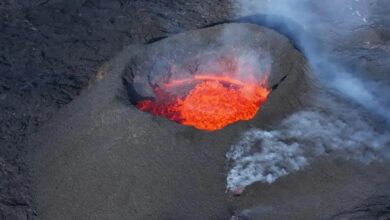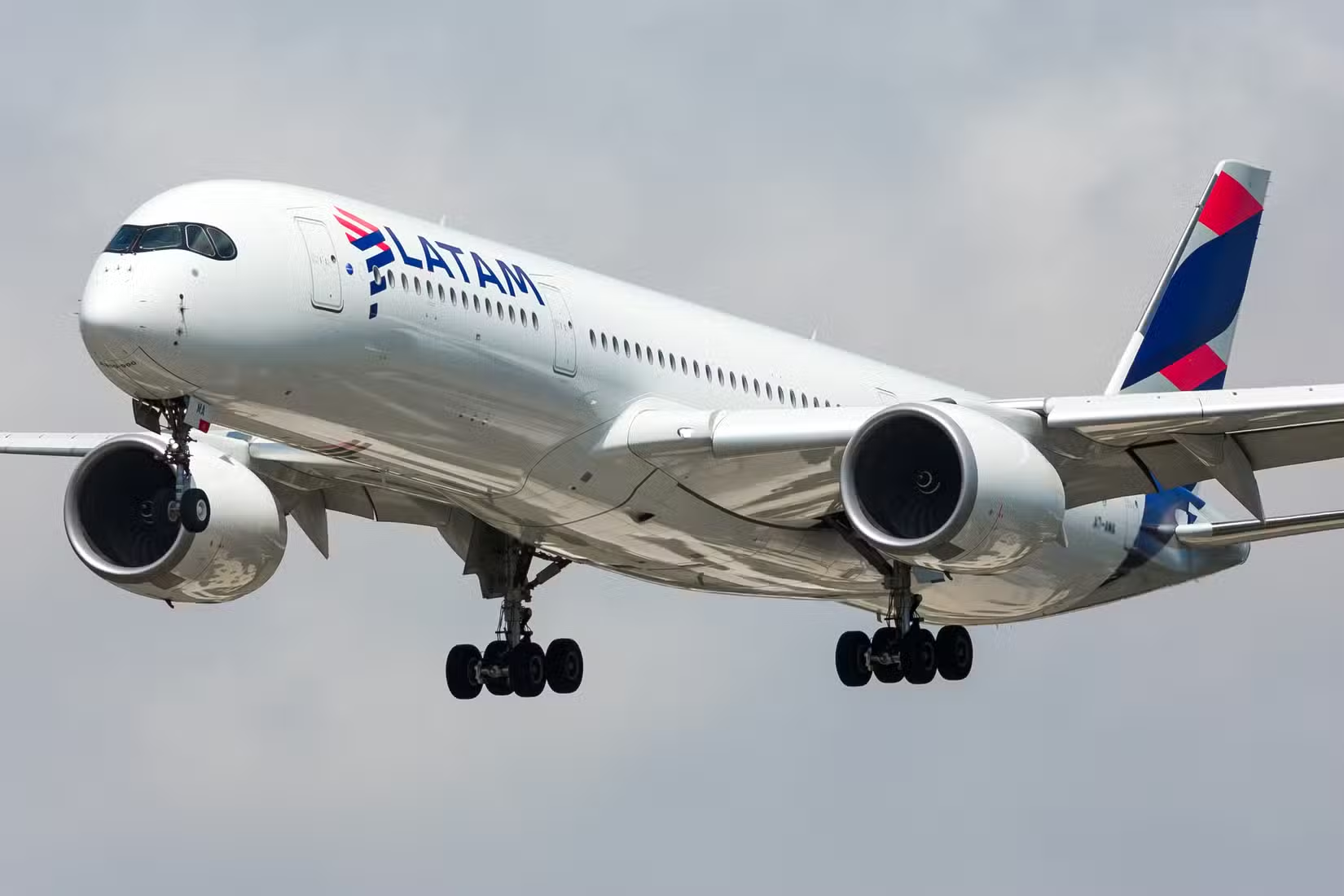Investigators begin analyzing black boxes from fatal Air India crash

Indian investigators said Thursday that they began analyzing data from black boxes recovered from the fatal Air India crash — information that is expected to help answer why the London-bound Boeing 787-8 jetliner carrying 242 passengers and crew members crashed shortly after takeoff from Ahmedabad Sardar Vallabhbhai Patel International Airport earlier this month.
The black boxes were flown to a lab in Delhi this week, and a team led by India’s Aircraft Accident Investigation Bureau with the help of U.S. experts from the National Transportation Safety Board has begun the careful work of extracting data from the boxes, according to a statement from the Indian government.
The voice recorder will offer investigators insight into what was happening in the cockpit in the minutes before the plane crashed, including conversations between the two pilots and any alarms that may have sounded. The digital flight recorder will yield information including the jet’s airspeed, altitude, instrument readings, and data from engines and control settings. The crash, which killed at least 270 people, was the first one involving a Boeing 787 jet.
In the days following the June 12 crash, Indian investigators released few details. Some experts have voiced concerns that a lack of information has stoked rampant speculation about the cause.
“There’s an incredible amount of misinformation on the internet,” said Ross “Rusty” Aimer, an aviation consultant and retired United Airlines pilot. “These days just about every student pilot or someone who works with flight simulator on their computer is sending out these crazy stories and information and they believe they’ve got the answer.”
Crash investigations are complex and can typically take a year or more to complete, but in some cases, investigators can glean some answers more quickly. For example, experts broadly agree that video of the crash indicates that an emergency turbine on the plane appears to have been deployed, a potential sign the jet was suffering serious engine problems.
The system, called a ram air turbine, or RAT, automatically drops from a compartment on the underside of the plane if both engines have failed, hydraulic pressure has dropped or the pilots have lost electrical power to their instruments, according to a 787 manual reviewed by The Washington Post.
Pilots can also manually deploy the turbine. It spins as the airplane moves and provides emergency electrical and hydraulic power. The turbine makes a distinct sound that experts say is audible in video of the Air India jet before it crashed. While the apparent deployment of the system is an important clue, the underlying reason it activated and whether there’s a risk that needs to be addressed on other 787s remain unclear.
“Transparency and communications are very important in accident investigations,” said Jeff Guzzetti, a former NTSB and Federal Aviation Administration crash investigator. “Not just for the aviation industry but also for the public. And the longer the basic facts of an accident are not known, the more nervous people get.”
After January’s crash involving an American Airlines regional jet and an Army helicopter at Washington’s Reagan National Airport, NTSB investigators conducted daily media briefings and briefed lawmakers on Capitol Hill. International standards call for a preliminary report outlining key facts to be completed within 30 days of a crash.
Immediately after the crash, Air India conducted inspections of all 787 jets in its fleet. No major safety concerns were identified, according to a statement from the Ministry of Civil Aviation. Enhanced safety inspections of 787 jets in the carrier’s fleet also are being done. A review by the country’s Directorate General of Civil Aviation identified several concerns about the carrier’s maintenance operations, including a lack of communication between engineering and operations, and issues with real-time reporting of defects.
The carrier has struggled to resume normal operations, leaving customers who had booked tickets scrambling. In a post on X shortly after the crash, Air India said it was reducing international flights on wide-body aircraft. More flights were curtailed following the conflict in Iran, though the carrier said Tuesday that it would begin resuming some service to Europe and the East Coast of the United States.
Between June 12 and part of June 17, Air India carrier canceled 83 flights, nearly 18 percent of those scheduled to operate.




